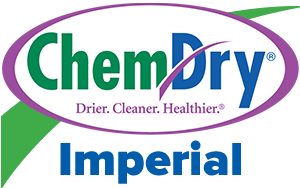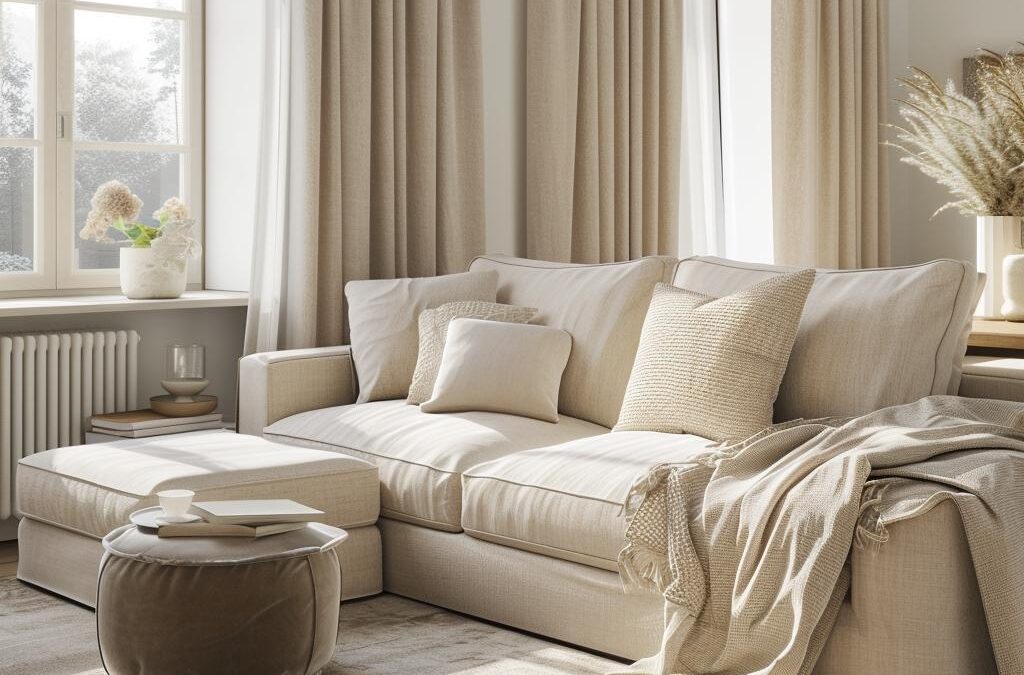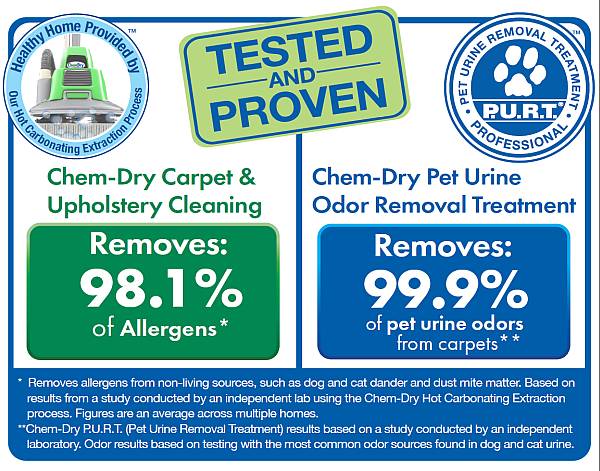Maintaining a clean home is more than just keeping it visually appealing—it is crucial for the health and well-being of your family. While floors, countertops, and bathrooms often get the most attention, upholstered furniture like sofas, chairs, and mattresses is frequently overlooked. These surfaces can harbor dust mites, pet dander, pollen, and other allergens that negatively affect indoor air quality and trigger allergy symptoms.
Professional upholstery cleaning offers a comprehensive solution, going beyond surface cleaning to remove deeply embedded dirt and allergens. In this guide, we will explore why regular upholstery cleaning is essential, the methods professionals use, the health benefits, and practical tips to keep your furniture fresh between cleanings.
Understanding the Hidden Allergens in Upholstery
Upholstered furniture may look clean, but it can hide a surprising amount of allergens that impact health. The most common culprits include:
Dust Mites
Dust mites are microscopic organisms that thrive in warm, humid environments, feeding on dead skin cells shed by humans and pets. Their waste products are potent allergens that can trigger sneezing, itchy eyes, and respiratory issues. Sofas, cushions, and mattresses provide an ideal breeding ground for these tiny creatures.
Pet Dander
Even the most well-groomed pets shed skin flakes known as dander. These particles can embed themselves deep into upholstery fabrics, becoming airborne and aggravating allergies. Unlike visible pet hair, dander is invisible to the naked eye and difficult to remove with regular vacuuming.
Pollen and Outdoor Particles
During pollen season, particles can enter your home through open windows and doors. These microscopic irritants often settle on furniture fabrics, contributing to sneezing, congestion, and itchy eyes.
Mold and Mildew
High humidity and moisture spills can lead to the growth of mold and mildew in upholstery. Mold spores are serious allergens and may exacerbate asthma and other respiratory conditions. Once mold establishes itself in furniture, it can be challenging to eliminate without professional intervention.
How Professional Upholstery Cleaning Works
Professional upholstery cleaning goes beyond what standard home cleaning methods can achieve. Here’s how specialists ensure your furniture is deeply cleaned and allergen-free:
Advanced Cleaning Techniques
One of the most effective methods is hot carbonating extraction, which uses carbonation bubbles to lift dirt, debris, and allergens from deep within the fabric. This method penetrates layers of padding, reaching areas that typical vacuuming or spot-cleaning cannot.
Safe and Eco-Friendly Solutions
Professional cleaning uses non-toxic, eco-friendly cleaning solutions that are safe for children and pets. These solutions clean effectively without leaving behind harmful residues that could aggravate allergies or irritate the skin.
Specialized Equipment
Technicians employ high-powered vacuums, steam cleaners, and extraction machines designed specifically for upholstery. These tools can remove dust mites, dander, pollen, and even mold spores trapped deep within the furniture fibers, ensuring a thorough and long-lasting clean.
Preventative Treatments
In addition to cleaning, professionals often apply protective coatings to furniture. These treatments help repel dust, dander, and stains, keeping upholstery cleaner for longer and reducing the frequency of deep cleanings.
Health Benefits of Clean Upholstery
Keeping your upholstery clean does more than improve appearance—it has significant health benefits, particularly for allergy sufferers.
Reduced Allergy Symptoms
Regular exposure to dust mites, pet dander, pollen, and mold can trigger sneezing, itchy eyes, congestion, and even respiratory distress. Professional upholstery cleaning removes these allergens, significantly reducing allergy symptoms and providing relief for sensitive individuals.
Improved Air Quality
Allergens trapped in furniture can easily become airborne, circulating throughout your home and affecting indoor air quality. By cleaning upholstery thoroughly, professionals reduce these airborne irritants, creating a healthier environment for your family.
Enhanced Sleep and Comfort
Clean furniture contributes to better overall well-being. Sleeping or lounging on allergen-free mattresses and sofas can improve rest quality, boost energy levels, and reduce the risk of asthma attacks or other respiratory complications.
Longevity of Furniture
Regular professional cleaning not only promotes health but also extends the life of your furniture. Removing debris and applying protective treatments prevents fabric deterioration, maintains color vibrancy, and preserves cushioning, saving money on replacements in the long run.
Common Upholstery Cleaning Methods
Understanding the various professional cleaning methods can help you make informed choices about your furniture care:
Hot Water Extraction (Steam Cleaning)
This technique uses hot water and specialized solutions to dissolve dirt and allergens. High-pressure suction then removes the contaminants from the fabric, leaving it clean and sanitized.
Dry Cleaning
Dry cleaning methods use minimal moisture and specialized solvents to clean delicate fabrics that cannot tolerate water. This method is suitable for antique or sensitive upholstery and helps prevent shrinking or color bleeding.
Carbonation Cleaning
Carbonation involves injecting carbonated cleaning solutions into upholstery, where bubbles lift dirt and allergens to the surface. The debris is then extracted using high-powered vacuums, resulting in a thorough clean with minimal water use and fast drying times.
Foam Cleaning
Foam cleaning uses a low-moisture foam that binds to dirt and allergens. Once the foam dries, it is vacuumed away, leaving the upholstery clean and refreshed. This method is effective for light to moderate soil levels.
Tips for Maintaining Upholstery Between Professional Cleanings
Professional cleaning is essential, but maintaining cleanliness in between sessions helps maximize results. Here are practical strategies:
- Vacuum Regularly: Use a vacuum with a HEPA filter to remove surface dust, dander, and pollen. Vacuuming once a week prevents allergen buildup.
- Rotate Cushions: Rotate removable cushions regularly to distribute wear and reduce localized dirt accumulation.
- Use Allergen-Proof Covers: Encase mattresses, cushions, and frequently used sofas with allergen-proof covers to prevent dust mites and dander from penetrating the fabric.
- Control Humidity: Keep indoor humidity below 50% to discourage dust mites and mold growth. Dehumidifiers and proper ventilation are helpful.
- Address Spills Promptly: Treat spills and stains immediately to prevent bacteria or mold growth. Blot, don’t rub, to avoid pushing contaminants deeper into the fabric.
- Dust Frequently: Wipe down surfaces and furniture frames with a damp cloth to remove settled dust without dispersing it into the air.
When to Call a Professional
Some situations require immediate professional intervention:
-
Visible Stains: Persistent stains from food, drinks, or pets may not come out with home cleaning methods.
-
Odors: Lingering pet, smoke, or mildew odors often indicate deep-set contaminants.
-
Allergy Flare-Ups: If allergy symptoms persist despite regular cleaning, it’s likely your upholstery harbors allergens that need professional removal.
-
Post-Renovation Cleaning: Renovations can leave dust and debris embedded in furniture, making professional cleaning essential.
Choosing the Right Upholstery Cleaning Service
Selecting a reputable professional cleaner is crucial for optimal results. Consider these factors:
-
Experience and Certification: Look for technicians trained in upholstery care and certified by recognized industry organizations.
-
Eco-Friendly Practices: Ensure the company uses safe, non-toxic cleaning solutions suitable for children and pets.
-
Equipment and Technology: Ask about the cleaning methods and equipment used to confirm they meet your specific needs.
-
Customer Reviews: Read testimonials to gauge service quality, reliability, and customer satisfaction.
-
Warranty or Satisfaction Guarantee: Reputable companies often back their work with guarantees to ensure long-lasting results.
Conclusion
Upholstery cleaning is more than an aesthetic choice—it’s a proactive step toward a healthier home. Sofas, chairs, and mattresses can trap dust mites, pet dander, pollen, and mold, all of which impact indoor air quality and trigger allergies. Professional cleaning services remove these hidden contaminants, improve air quality, reduce allergy symptoms, and enhance the comfort and longevity of your furniture.
By combining professional cleaning with regular maintenance practices such as vacuuming, using allergen-proof covers, and controlling humidity, you can maintain a cleaner, healthier home environment year-round. Whether you suffer from allergies or simply want to preserve the beauty and comfort of your furniture, professional upholstery cleaning is an investment in both health and home care.
For expert upholstery cleaning that removes allergens and revitalizes your furniture, contact Chem-Dry Imperial today at (613) 820-6007. Let our trained technicians help you create a cleaner, healthier, and more comfortable living space for your family.



